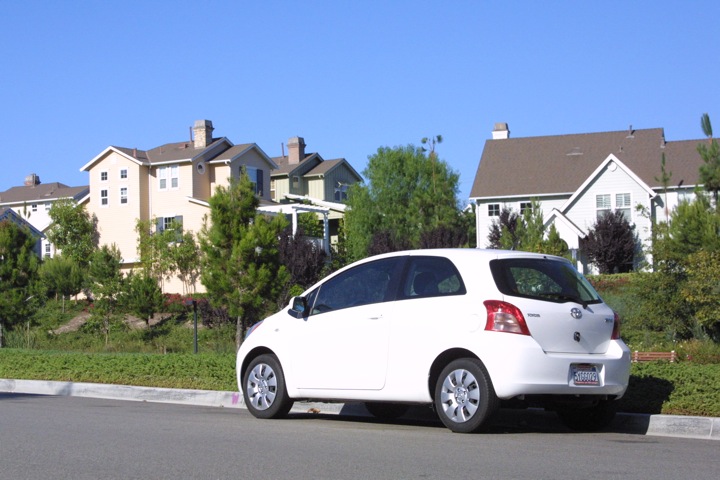In order to remove the rest of the exhaust system (from the manifold back), this pesky little oxygen sensor has to be disconnected first. The wire from the sensor passes through a grommet in the bottom of the car into the passenger cabin. Sorry about the dark photo.
 The center console needs to be disassembled in order to access the spot where the oxygen sensor comes through the floor of the car. Here I'm taking apart the shift assembly first so that the plastics can be removed.
The center console needs to be disassembled in order to access the spot where the oxygen sensor comes through the floor of the car. Here I'm taking apart the shift assembly first so that the plastics can be removed.
Once it's all apart, I disconnected the sensor via a wire connector, and then re-assembled the interior parts. Here's a peak before I tidy up.

Finally, 2 bolts at the exhaust manifold get removed, then there's more pushing and pulling on hangers/mounts. Now I've got a bunch of pipe free from the car. Say good by to the stock exhaust. In addition, many thin metal heat shields were unbolted from underneath the car. They used to insulate other components (like the fuel tank) from the usually hot but recently removed exhaust system.











